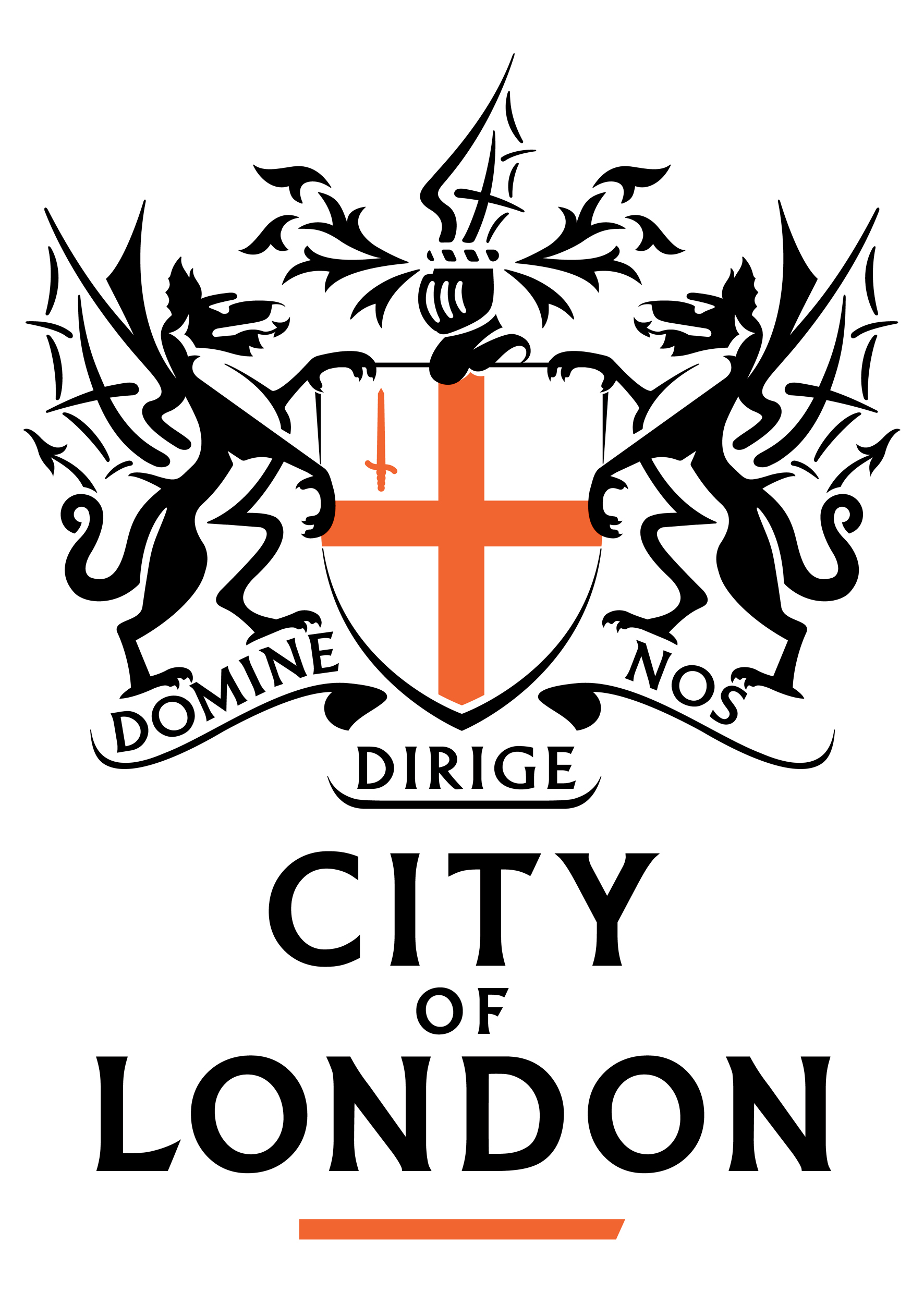
- You are here:
- Agenda item
Agenda item
Transport Strategy Review
Report of the Executive Director, Environment.
Minutes:
The Sub-Committee received a report of the Executive Director, Environmentwhich updated the Sub-Committee on the engagement carried out to date for the review, along with the suggested amendments to the Transport Strategy proposals.
Members were informed that Officers had identified which proposals required significant change and which ones required minor change. The Officer stated that most of the proposals would remain the same.
A Member asked about the impact on equalities of the granting of pavement licences as this could make moving around the City difficult for some people with disabilities. An Officer stated that work was taking place with the Licensing team to ensure the environment was more inclusive.
Members raised concerns about the use of the words “wheel” and “wheeling” in the document when referring to mobility aids as this could be misinterpreted and inadvertently encourage skateboarding and e-scooters. An Officer stated that disability groups had undertaken work on inclusive language, and these were preferred terms that were gradually being adopted by industry practitioners.
In response to a Member’s question about the list of modes of transport outlined in the appendix, an Officer stated that those walking, cycling and wheeling were prioritised with motorised vehicles considered after that. Different streets had different priorities depending on needs e.g., some had a greater need for taxis or freight deliveries.
The Chairman queried whether pedal bikes should be grouped together with e-scooters and e-bikes. He stated that pedal bikes were operationally zero carbon and using them was good exercise whereas e-scooters and e-bikes had higher levels of embedded carbon, operational carbon and did not provide the same level of exercise. An Officer stated that whilst pedal cycles were the most sustainable and active method of using wheels, e-bikes and e-scooters were enabling a wider range of people to start cycling. E-bikes and e-scooters were using the same infrastructure space as pedal cycles and were grouped with pedal cycles for the purposed of traffic orders. Therefore, they had been grouped together with pedal cycles in the report.
A Member commented on the slow, steady pace of vehicles on some roads in the City and asked whether this message was being reinforced to keep the pace down across the City. An Officer stated that work was being undertaken under the Pedestrian Priority Programme to encourage calmer cycling and this would apply to users of cycles, e-bikes and e-scooters.
A Member raised concern about commercial Apps to assist the public in reporting issues e.g., footpath raises, having become obsolete. An Officer advised that issues could be reported through the Corporation’s website. Members were dissatisfied with the loss of the convenience of an App on a smartphone equipped with geo-location and a camera and a Member stated that commercial Apps should be used in the future.
A Member raised concern that the lifts at Bank Station were closed at weekends which meant some people were unable to use the station. She stated the importance of accessibility.
RESOLVED – That the Sub Committee:
1. Note the proposed approach to managing traffic movement and access as set out in Appendix 1;
- Note the proposed changes for Transport Strategy proposals that had been identified as requiring significant change – see paragraphs 22-63 and Appendix 2 of the report;
3. Note progress with the delivery of the engagement activity, outlined in the report and in Appendix 4 of the report.
Supporting documents:
-
20230523 S&W Transport Strategy Review FINAL, item 5.
 PDF 453 KB
PDF 453 KB -
20230523 S&W appendix 1 Approach managing traffic & access FINAL, item 5.
 PDF 452 KB
PDF 452 KB -
20230523 S&W appendix 2 Proposal changes FINAL, item 5.
 PDF 476 KB
PDF 476 KB -
20230523 S&W appendix 3 Transport Strategy proposals with RAG status, item 5.
 PDF 673 KB
PDF 673 KB -
20230523 S&W appendix 4 Transport Strategy review Engagement Plan, item 5.
 PDF 937 KB
PDF 937 KB